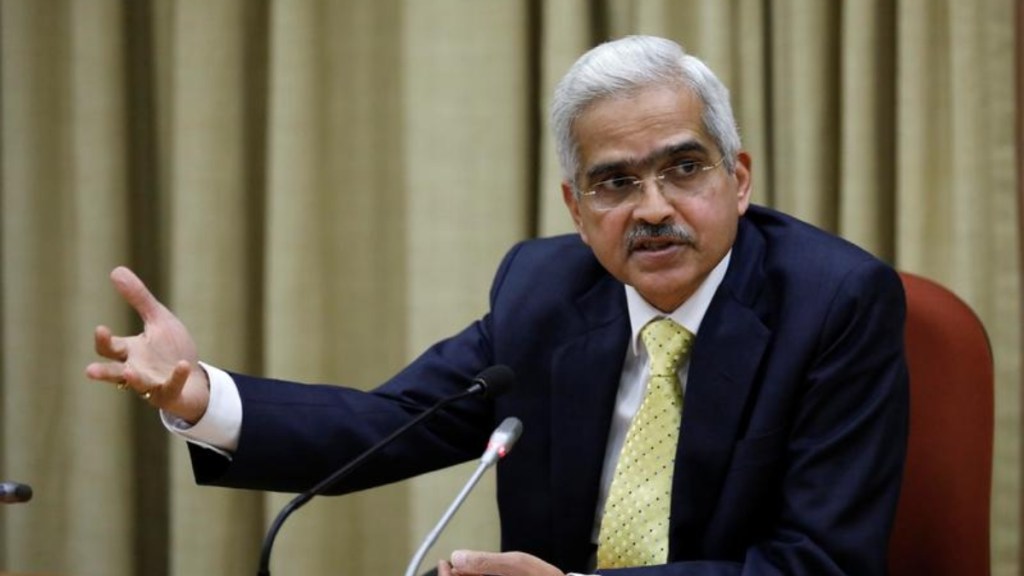Reserve Bank of India (RBI) Governor Shaktikanta Das said on Wednesday that the recent stricter guidelines on unsecured lending were preemptive measures aimed at sustainability. “At a time when banks and non-banking finance companies (NBFCs) are posting robust credit growth, they must ensure that at an overall sectoral and sub-sectoral levels, the credit growth remains sustainable and “all forms of exuberance are avoided,” he said at Fibac 2023.
He also cautioned both banks and non-banking financial institutions (NBFCs) that the expansion of the credit portfolio itself and pricing of the same should be in sync with the risks envisaged, and both they also need to further strengthen their asset liability management.
Das added that RBI purposefully excluded hiking risk weight on housing loans, vehicles and micro, small and medium enterprises (MSME) loans because at the moment it does not see a possibility of a build-up of stress. While the regulator is not ruling out that possibility of stress, it was a “conscious decision” to leave out certain sectors which are contributing to growth which also needs to be sustained.
His comments come in the backdrop of the recent hike in risk weight by 25% on lenders’ unsecured personal and credit card loans. According to Jefferies, banks’ overall personal loans stood at Rs 10.25 trillion as of June end whereas credit card loans stood at Rs 2.10 trillion.
Das emphasized that lenders should also give greater attention to their liabilities side. In certain cases, the central bank has observed increased reliance on high cost short term bulk deposits whereas the tenure of the loans, both in retail and corporate loans, is getting elongated.
Further, the increasing interconnectedness between banks and NBFCs merit close attention as the former are large net borrowers of funds from the financial system, with their exposure from the banks being the highest. Banks are one of the key subscribers to the debentures and commercial papers issued by NBFCs.
“Needless to state that such concentrated linkages may create a contagion risk. Though the banks are well capitalised, they must constantly evaluate their exposure to NBFCs and the exposure of individual NBFCs to multiple banks,” he said, adding that the NBFCs on their part should focus on broad basing their funding sources and reducing overdependence on bank funding.
Das also stressed that microfinance institutions (MFIs), which cater to the marginalised clientele, must to bear in mind the affordability and repayment capacity of the borrowers. His comments come in the backdrop of recent media reports saying that some microfinance lenders are charging interest rate upwards of 25% for small ticket loans.
“Though the interest rates are deregulated, certain NBFCs-MFIs appear to be enjoying relatively higher net interest margins,” Das said, adding that such lenders must ensure that the flexibility provided to them in setting interest rates is used judiciously and that interest rates remain transparent and not usurious. He also added said that model-based lending through analytics must be prudent and such models’ viability must be robust and tested periodically.
